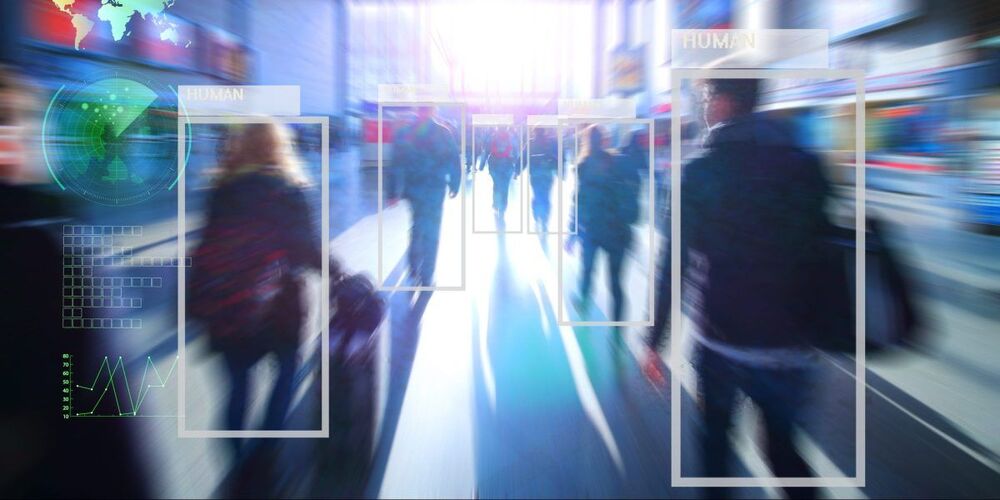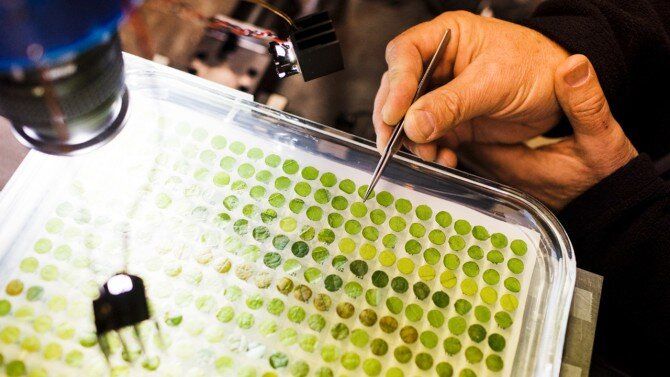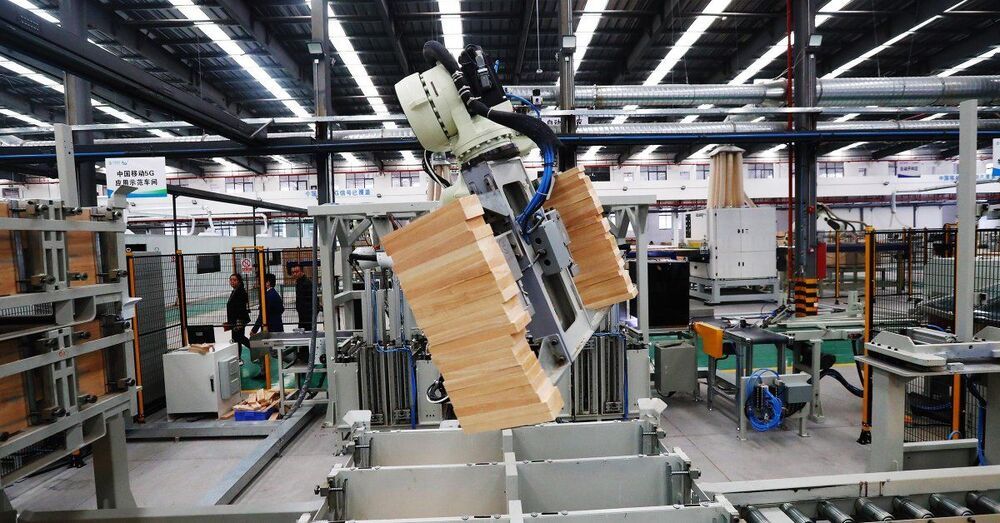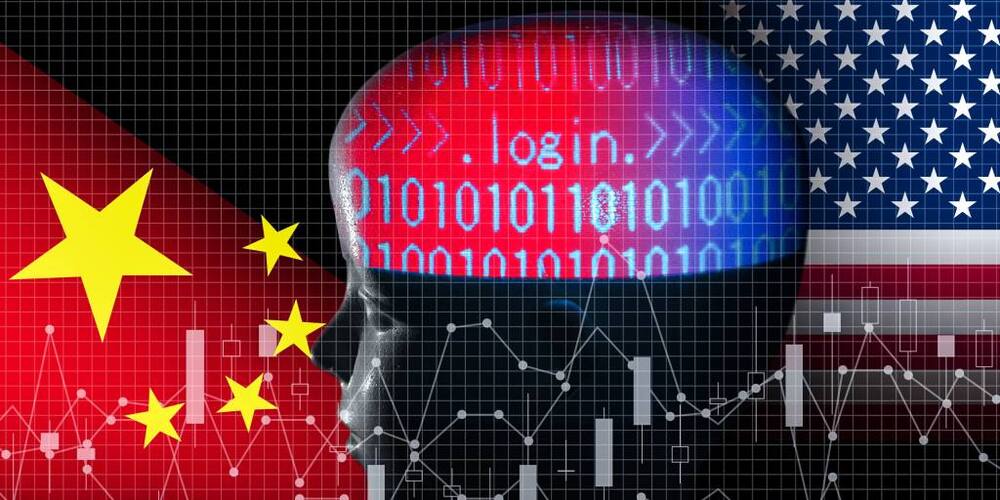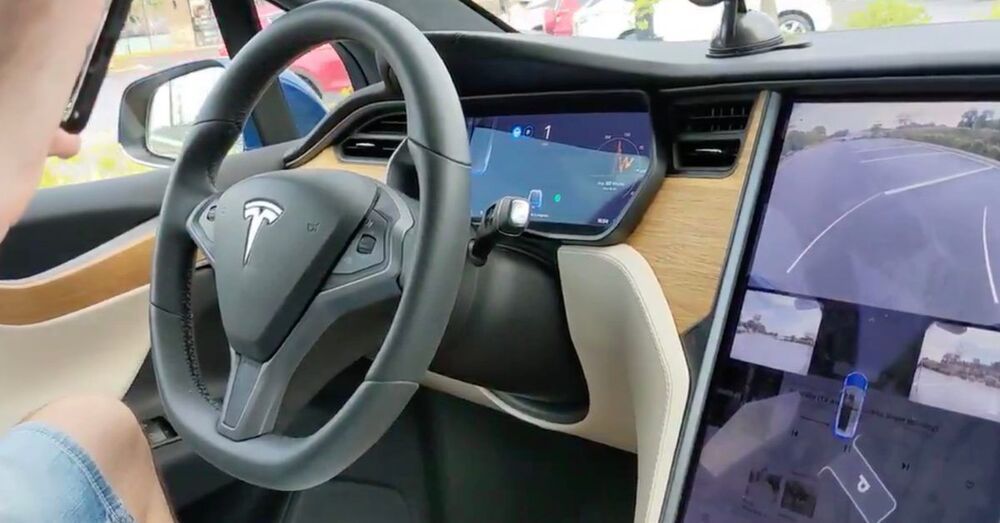🐶 Lifelike & Realistic Pets on Amazon: https://amzn.to/3uegCXk 🐱
🔥 Robot Dog Kit on Amazon: https://amzn.to/3jirOw9
🤖 Robot Dogs that are just like Real Dogs: https://youtu.be/pifs1DE-Ys4
▶ Subscribe: https://bit.ly/3eLtWLS
✨ Instagram: https://www.instagram.com/Robotix_with_Sina.
📌My Amazon Pick: https://www.amazon.com/shop/iloverobotics?tag=lifeboatfound-20.
————————
A company called Tombot thinks it’s come up with a way to improve the quality of life for seniors facing challenges when it comes to being social: a robotic companion dog that behaves and responds like a real pup, but without all the responsibilities of maintaining a living, breathing animal. The company even enlisted the talented folks at the Jim Henson’s Creature Shop to help make the robo-dog look as lifelike as possible. It’s a noble effort, but it also raises lots of questions.
For starters, can robots actually be a good substitute for an animal companion? Replacing people with robots is a massive technological challenge—and one we’re not even close to accomplishing. Every time a multi-million dollar humanoid robot like Boston Dynamics’ ATLAS takes a nasty spill, we’re reminded that they’re nowhere near ready to interact with the average consumer. But robotic animals are a different story. It’s hard not to draw comparisons to a well-trained dog when seeing Boston Dynamics’ SpotMini in action. And even though it still comes with a price tag that soars to hundreds of thousands of dollars, there are robotic pets available on the other end of the affordability spectrum.
Sony’s Aibo, originally released 20 years ago, was so popular and beloved that owners in Japan regularly held funerals for their robo-dogs when they stopped working and replacement parts were no longer available. In late 2,017 Sony brought its Aibo line back from the dead, and despite a $2,900 price tag and questionable smarts, it’s hard not to get drawn into interacting with the plastic pet as if it were a real puppy.
But Tombot isn’t the first company to create a robotic pet specifically designed to serve as an attentive companion. For the past decade, a $5,000 robotic seal called Paro has been comforting seniors and those dealing with longtime illnesses like Alzheimer’s. And a few years ago Hasbro introduced a ~$100 robotic cat and dog under its Joy For All line (which has since spun off into its own company called Ageless Innovation) that will respond lovingly to (or at least appear to) physical interactions. As long as you don’t need a robotic pet to fetch the paper, scare off intruders, or retrieve dead ducks, robots can effectively deliver at least some of the interactions and companionship a real-life pet can.
Can Tombot actually deliver the next-generation of robotic companion pets? Enlisting experts like the Jim Henson’s Creature Shop’s Creative Supervisor Peter Brooke and Animatronic Supervisor John Criswell was a good start. In addition to designing over-the-top muppets, the studio has created life-like animatronic animals for use in movies and TV, and with a deep understanding of how creatures move, they were able to deliver a design for a robotic dog that not only looks more like a real dog than a plush toy, it moves like one as well.
#Robot #RobotDog.
